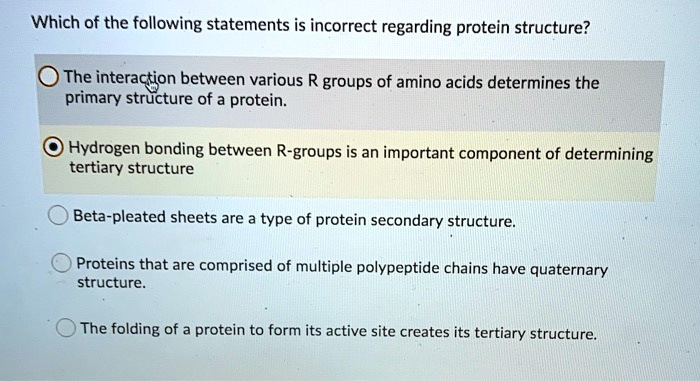Which Statement Is Incorrect Regarding Hybrid Organizations

The rise of hybrid organizations – entities blending aspects of for-profit and non-profit models – has sparked considerable debate. While celebrated for their potential to address social needs with business acumen, the landscape is fraught with misconceptions. Understanding these nuanced entities is crucial for policymakers, investors, and individuals seeking to engage with organizations aiming for both profit and purpose.
This article delves into common misunderstandings surrounding hybrid organizations. We analyze frequent inaccuracies in defining their structure, governance, and impact. By examining these statements through the lens of expert opinions and empirical data, this aims to provide clarity and accurate understanding of hybrid organizations. This will enable more informed decision-making and avoid counterproductive policies.
Defining the Hybrid Landscape: Common Misconceptions
One common incorrect statement suggests that hybrid organizations are simply non-profits seeking to generate revenue. This overlooks the fundamental integration of social and financial missions within a hybrid. They are designed to pursue both simultaneously, not sequentially.
Another misconception is the belief that hybrid organizations lack accountability. Many believe they are subject to less scrutiny than traditional for-profits or non-profits. The reality is that hybrid organizations must navigate both financial and social performance metrics.
This increased complexity often necessitates more transparent reporting and robust governance structures. Furthermore, impact investing and blended finance models are driving increased demand for verifiable social impact data.
Governance and Structure: Separating Fact from Fiction
A persistent myth is that hybrid organizations lack a clear legal structure. While the legal landscape varies across jurisdictions, various legal forms exist to accommodate hybrid models. These range from benefit corporations to social enterprises to community interest companies, each with specific governance requirements.
Another often incorrect statement is that control in hybrid organizations always rests with the founders or investors. Many hybrid organizations implement multi-stakeholder governance models. These give a voice to beneficiaries, employees, and other relevant stakeholders in decision-making processes.
Professor Emily Carter, a leading expert in social enterprise at the Wharton School, emphasizes that "effective hybrid governance requires balancing financial returns with social impact, demanding innovative approaches to board composition and decision-making." She also notes that “the legal structure can significantly enable or constrain how hybrid missions are governed.”
Impact and Measurement: Beyond the Bottom Line
A prevalent misconception is that measuring the social impact of hybrid organizations is inherently subjective and unreliable. While challenges exist in quantifying social impact, significant progress has been made in developing standardized measurement frameworks. These include B Impact Assessment and Social Return on Investment (SROI) analyses.
Another inaccuracy is the claim that hybrid organizations always prioritize profit over purpose, especially in the long term. Empirical studies suggest that the most successful hybrid organizations integrate their social mission into their core business model. This creates a virtuous cycle where social impact drives financial performance and vice versa.
According to a report by the Global Impact Investing Network (GIIN), impact investors are increasingly demanding rigorous impact measurement and reporting from hybrid organizations. The report highlights that “transparency and accountability are critical for building trust and attracting capital to the impact investing sector.” This indicates a growing emphasis on demonstrable social impact beyond financial returns.
Financial Sustainability and Investment: Debunking the Myths
One statement that is frequently wrong is that hybrid organizations are financially unsustainable and heavily reliant on grants or donations. While some hybrids may initially rely on philanthropic funding, many achieve financial sustainability through earned revenue models. This includes selling products or services that address social needs, or by generating profits that are reinvested in the social mission.
Another common misconception is that hybrid organizations are unattractive to traditional investors. While some investors may be hesitant to invest in organizations with dual bottom lines, impact investing is rapidly growing. This is creating new opportunities for hybrid organizations to access capital from investors seeking both financial and social returns.
David Thompson, CEO of Social Venture Capital fund, points out that "the key to attracting investment in hybrid organizations is demonstrating a clear link between financial performance and social impact." He argues that “investors are increasingly recognizing that addressing social needs can be a source of competitive advantage and long-term value creation.”
Future of Hybrid Organizations: Addressing the Remaining Challenges
Despite the progress made in understanding and supporting hybrid organizations, several challenges remain. Addressing these requires continued collaboration between policymakers, investors, and practitioners.
One key challenge is the lack of standardized legal frameworks for hybrid organizations across different jurisdictions. This creates uncertainty for entrepreneurs and investors. This makes it difficult to scale hybrid models across borders. Harmonizing legal frameworks could foster greater clarity and encourage the growth of hybrid organizations.
Another challenge is the need for more robust data and research on the impact of hybrid organizations. This is essential for demonstrating the effectiveness of hybrid models and attracting further investment. Investing in rigorous impact evaluation and knowledge sharing will be critical for accelerating the growth of the hybrid sector.
In conclusion, many incorrect statements surround hybrid organizations. These often arise from a lack of understanding of their nuanced structures, governance models, and impact measurement approaches. By addressing these misconceptions and fostering greater clarity, we can unlock the full potential of hybrid organizations to drive social and environmental change.





